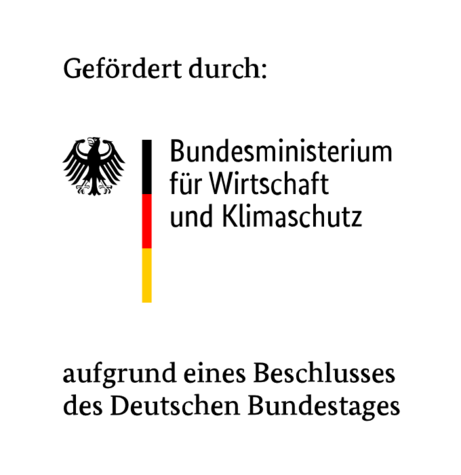
Life cycle assessment of vanadium flow batteries
The vanadium flow battery (VFB) can make a significant contribution to the energy transition, as this promising energy storage technology is particularly suitable for stationary energy storage on an industrial scale due to its unique properties. The aim of this project was to investigate the recycling and resource efficiency of relevant VFB stack components. These components are currently manufactured without recyclate, although this type of battery has a particularly high recycling potential due to its stack design. However, when manufacturing stack components with a certain proportion of recycled material, it is necessary to check whether this has a negative impact on the performance parameters and material properties.
In order to determine the possible performance deficit of the reused or recycled materials, a suitable reference system must first be defined and examined. In this case, materials that are as good as new, contain no recyclate and are still in an unused condition are particularly suitable as a reference. In addition to the reference, a standardized repertoire of tests is required with which statements can be made about the performance status and performance of the materials. These tests include, for example, electrochemical impedance spectroscopy. With this technique, it is possible to gain an insight into the degradation of materials such as membranes, electrodes or bipolar plates. Comparing the results of reference and recycled materials reveals changes in the material properties and, based on this, any adjustments to the composition or recycled content in the new materials can be made. As part of this project, a comprehensive reference database with different types of electrodes, bipolar plates and membranes was compiled. A suitable measurement system was also developed and changes in the performance of the recycled and reused materials compared to this reference were demonstrated in detail.
Based on the internal data and the data from the project partners, mass and energy balances were calculated for various recycling paths. The prerequisite for this was the creation of a Life Cycle Assessment (LCA) system model of the VFB over the entire life cycle. The various recycling paths and the balances were mapped accordingly in the model. This allowed various end-of-life approaches to be analyzed in perspective and the potential reduction in emissions to be quantified accordingly. In addition, a standard for modeling a system for flow batteries was developed with other European institutes. All the parameters examined were also checked for potential cost reductions in a life cycle costing (LCC) model.